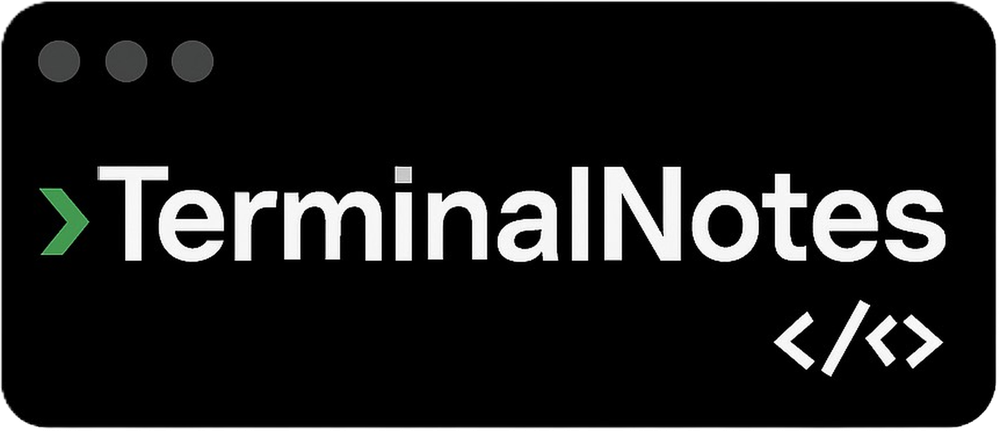Sharing notes from my ongoing learning journey — what I build, break and understand along the way.
ModSecurity Explained: The Complete Guide to Web Application Firewall (WAF) Protection
ModSecurity: How This Powerful WAF Protects Your Website from Modern Attacks
When I first installed ModSecurity, I honestly didn’t know how functional it would be.
It’s called a “Web Application Firewall” (WAF), but this is something entirely different from a classic network firewall.
While normal firewalls operate at the IP, port, and protocol level, ModSecurity dives deep into the details of the HTTP(S) request and analyzes it thoroughly.
What is ModSecurity?
Simply put, ModSecurity is a security layer embedded into your web server (Apache, Nginx, IIS) that inspects incoming HTTP traffic line by line.
And by “inspect,” I don’t just mean “block bad IPs.” It scans everything — from URL parameters and POST data to cookies.
When a user sends a request to my site, here’s what happens:
[Flow Diagram]
User → Internet → Web Server
↓
ModSecurity Filters
↓
▸ Compare against rule sets
▸ Block if something’s abnormal
▸ Log the event
▸ Forward to the application if clean
This way, attacks are stopped before they ever reach the application.
Why a Firewall Alone Isn’t Enough
A classic firewall is concerned with things like “Is port 80 open? Who’s connecting on port 443?”
But the majority of attacks happen at the application layer:
- SQL Injection
- XSS (Cross-Site Scripting)
- RFI/LFI (Remote/Local File Inclusion)
- Command Injection
- HTTP Protocol Violations
These attacks are hidden inside what looks like perfectly normal HTTP traffic.
This is where ModSecurity steps in — it looks inside the HTTP request.
OWASP CRS: The Brain of ModSecurity
On its own, ModSecurity is like an engine — it runs, but doesn’t know what to do.
What makes it “smart” is the OWASP Core Rule Set (CRS).
CRS is a collection of hundreds of rules maintained by OWASP (Open Web Application Security Project).
Each rule is designed to catch known attack techniques, such as:
- 942100: SQL Injection detection
- 941100: XSS detection
- 920350: Protocol violations, like the Host header being an IP address
Every incoming request is tested against these rules and scored.
If the score (the anomaly score) exceeds a certain threshold, the request is blocked.
How Does It Work? (Technical Overview)
Request Phase
When an HTTP request arrives, ModSecurity breaks it down into:
- Headers
- GET parameters
- POST body
- Cookies
These values are normalized (e.g., URL-encoded data is decoded).
Rule Matching
OWASP CRS and any custom rules are applied.
Regex, pattern matching, and black/whitelist logic are used.
Anomaly Scoring
Each triggered rule adds points to the request (e.g., 5 points for SQL injection suspicion).
If the total score exceeds the threshold → BLOCK.
Response Phase
If blocked:
- Returns HTTP 403
- Logs the event
If clean:
- Forwards to the application
Example Scenarios
SQL Injection Attempt
/?id=1' OR '1'='1
→ Rule 942100 triggers, request is blocked.
XSS Attempt
/?q=<script>alert(1)</script>
→ Rule 941100 triggers, request is blocked.
Protocol Trick
Host: 0.0.0.0
→ Rule 920350 triggers, request is logged as a warning.
Dealing with False Positives
Sometimes ModSecurity may mistake a safe request for an attack.
This is called a false positive.
Solutions include:
- Exempting specific endpoints from certain rules
- Adjusting CRS paranoia level to suit your needs
- Setting the anomaly threshold to a reasonable level
Advantages of ModSecurity
Application-layer protection
Open-source and free
Continuously updated rules via OWASP CRS
Highly flexible configuration
Supports both logging and active blocking
Disadvantages / Points to Watch
Performance impact — high traffic + high paranoia level can increase CPU usage
Possible false positives — regular log checks are necessary
Testing after setup is essential — otherwise normal site functionality might be blocked
In Short
For me, ModSecurity is like a security guard at the gate of my websites, stopping attacks before they even get close.
It doesn’t just watch who comes and goes; it immediately ejects anyone who breaks the rules.
If you’re serious about application security, don’t rely solely on your server firewall — using a WAF like ModSecurity can change the game entirely.
